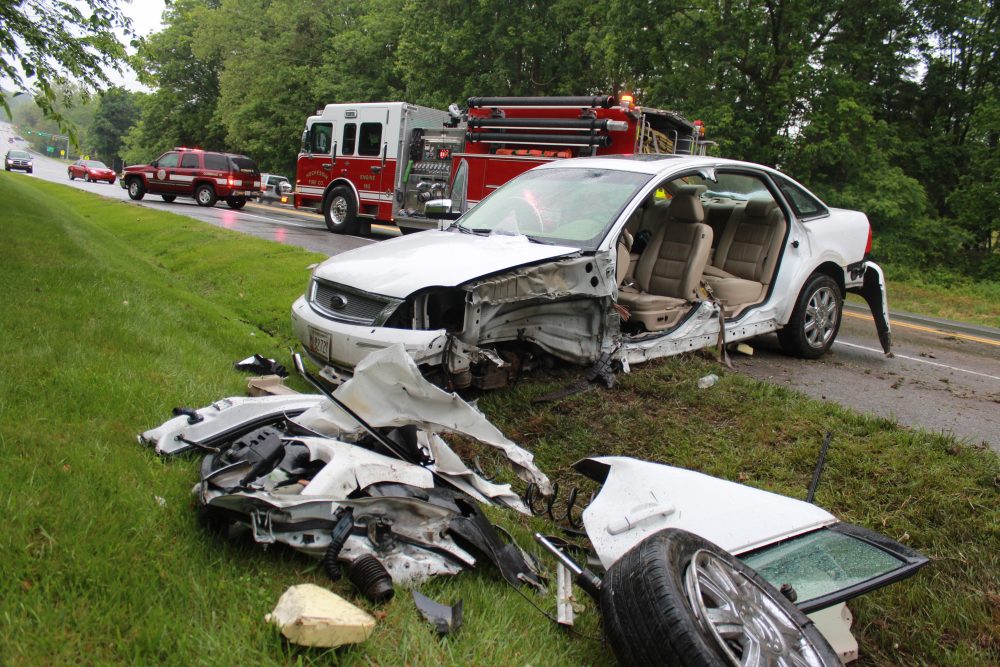
Wilmington – – New teen drivers ages 16-17 years old are three times as likely as adults to be involved in a deadly crash, according to new research from the AAA Foundation for Traffic Safety. This alarming finding comes as the “100 Deadliest Days” begin, the period between Memorial Day and Labor Day when the average number of deadly teen driver crashes climbs 15 percent compared to the rest of the year. Over the past five years, more than 1,600 people were killed in crashes involving inexperienced teen drivers during this deadly period.
Data from Delaware State Police shows that in 2016, 16 and 17 year-olds were involved in 1,390 crashes in Delaware, a 6.5 percent increase over 2015 crashes and a 15.1 percent increase over 2014 crashes.
Crashes Involving 16-17 Year Old Drivers – Three Year Trend (2014-2016)
| Year | 2016 | 2015 | 2014 |
| Delaware | 1,390 | 1,299 | 1,180 |
SOURCE: Delaware State Police Annual traffic Reports
“Statistics show that teen crashes spike during the summer months because teens are out of school and on the road,” said Ken Grant, manager of Public and Government Affairs for AAA Mid-Atlantic. “The Foundation’s research found that inexperience paired with greater exposure on the road could create a deadly combination for teen drivers.
The AAA Foundation for Traffic Safety’s latest study, Rates of Motor Vehicle Crashes, Injuries, and Deaths in Relation to Driver Age, analyzes crash rates per mile driven for all drivers and found that for every mile on the road, drivers ages 16-17 years old are:
3.9 times as likely as drivers 18 and older to be involved in a crash
2.6 times as likely as drivers 18 and older to be involved in a fatal crash
4.5 times as likely as drivers 30-59 to be involved in a crash
3.2 times as likely as drivers 30-59 to be involved in a fatal crash
Fatal teen crashes are on the rise. The number of teen drivers involved in fatal crashes increased more than 10 percent from the previous year, according to the National Highway Traffic Safety Administration’s (NHTSA) 2015 crash data, the latest data available.
Three factors that commonly result in deadly crashes for teen drivers are:
Distraction: Distraction plays a role in nearly six out of 10 teen crashes, four times as many as official estimates based on police reports. The top distractions for teens include talking to other passengers in the vehicle and interacting with a smart phone.
Not Buckling Up: In 2015, the latest data available, 60 percent of teen drivers killed in a crash were not wearing a safety belt. Teens who buckle up significantly reduce their risk of dying or being seriously injured in a crash.
Speeding: Speeding is a factor in nearly 30 percent of fatal crashes involving teen drivers. A recent AAA survey of driving instructors found that speeding is one of the top three mistakes teens make when learning to drive.
Delawareans Polled about Teen Drivers
In a survey of Delaware drivers, AAA Mid-Atlantic found that 49 percent of those surveyed thought that the biggest reason for teen driving crashes was distraction by cell phone. That 49 percent was higher than other reasons (lack of driving experience, distraction by passengers, and drinking and driving) combined. When asked what the best way to prevent teen driver crashes was, 50 percent of respondents believe combining stronger penalties for distracted driving, more active guidance by parents, more practice behind the wheel, and more driver education was the answer.
AAA Recommends
AAA recommends every state implement the following teen driver safety recommendations:
One non-family member passenger younger than age 20 in the car for at least the first six months of licensure
A complete wireless device ban for all drivers younger than 18
Complete texting ban while driving for all drivers
A standard seat belt enforcement law for all vehicle occupants
To help reverse the alarming trend of fatal teen crashes, AAA urges parents to get more involved and talk to their teens about the dangers of risky behavior behind the wheel.
“Parents are the front line of defense for keeping our roads safer this summer,” continued Grant. “It all starts with educating teens about safety on the road and modeling good behavior, like staying off the phone and buckling your safety belt.”
To keep roads safer this summer, AAA encourages parents to:
Have conversations with their teens early and often about distraction and speeding.
Teach by example and minimize risky behavior when driving.
Make a parent-teen driving agreement that sets family rules for teen drivers.
TeenDriving.AAA.com has a variety of tools to help prepare parents and teens for the dangerous summer driving season. The online AAA StartSmart program also offers great resources for parents on how to become effective in-car coaches as well as advice on how to manage their teen’s overall driving privileges. Teens preparing for the responsibility of driving should enroll in a driver education program that teaches how to avoid driver distraction and other safety skills. AAA also offers membership discounts for new teen drivers to help keep them safe on the road in case of an emergency.
Source: AAA Mid-Atlantic

